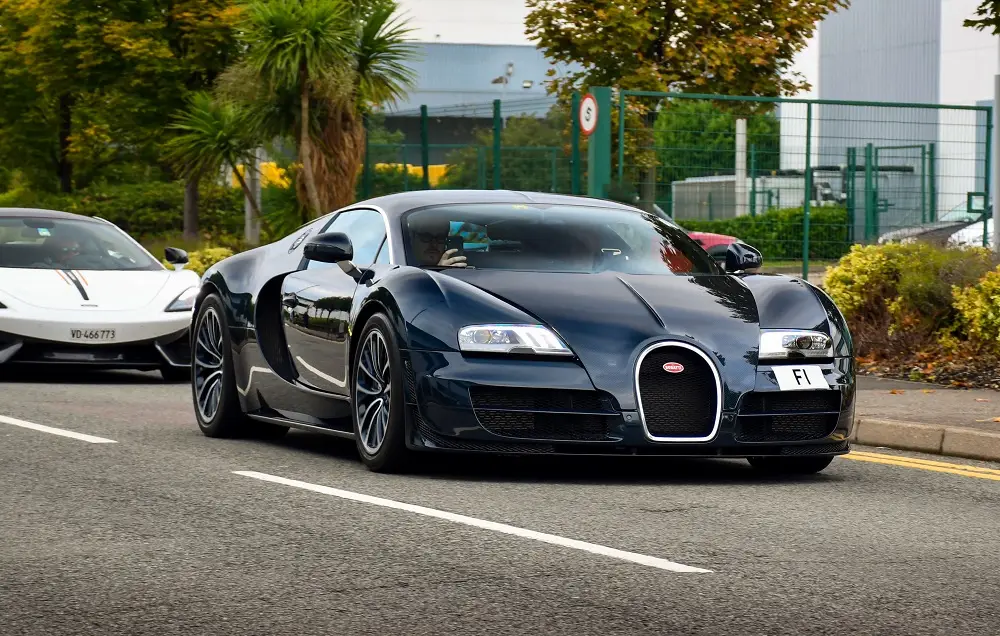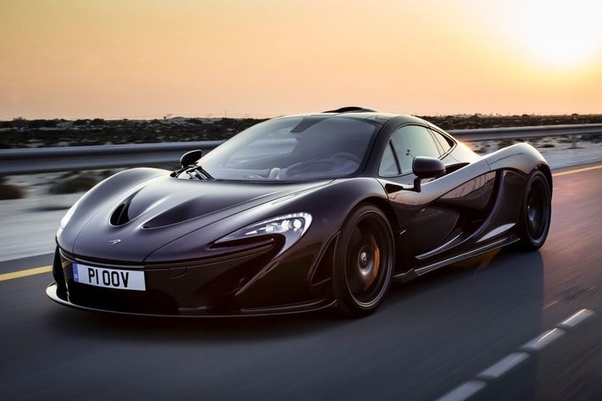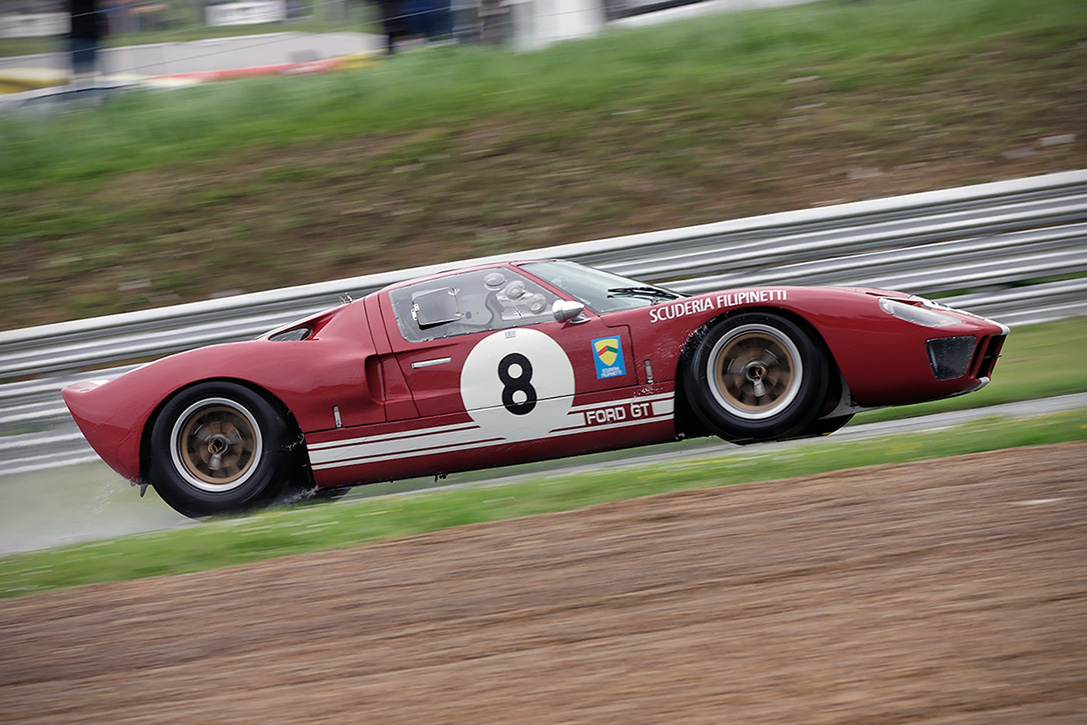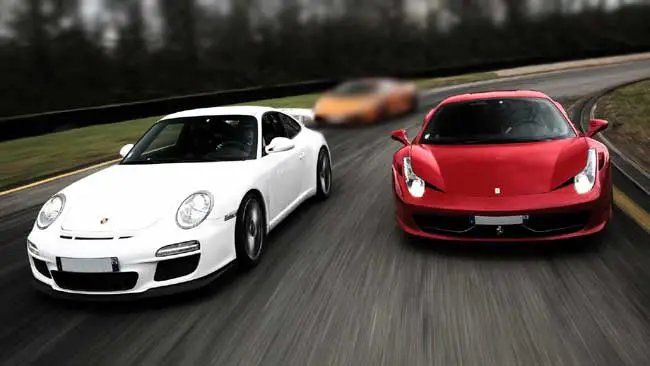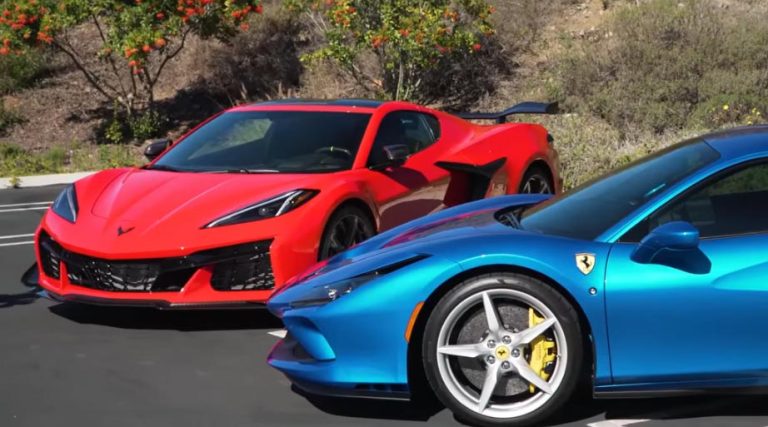Supercar vs. Hypercar: What’s the Difference?
You’ve likely heard the terms supercar and hypercar tossed around in automotive circles. These words evoke images of speed, elegance, and high performance, yet they’re often used interchangeably. But, are they really the same thing?
The answer is more nuanced than you might think. Supercars and hypercars represent different tiers of extreme automotive engineering, each with its own unique characteristics. In this guide, we will help you differentiate between these two types of vehicles that truly define the pinnacle of the automotive world.
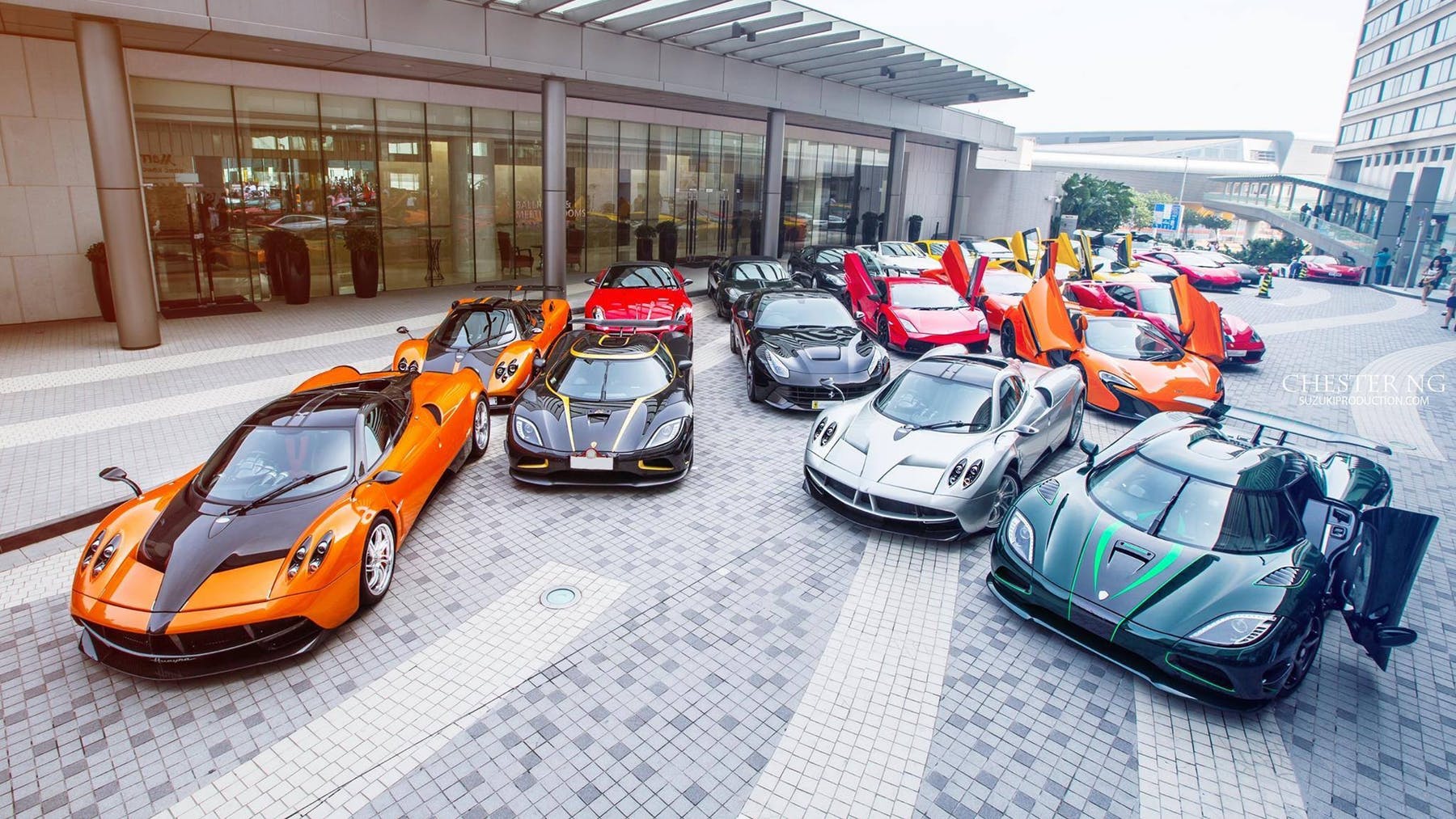
Supercar vs Hypercar: A Detailed Comparision
Both supercars and hypercars are the pinnacle of automotive design and performance, but there are some key distinctions between them. Here’s a detailed comparison:
Frequently Asked Questions
What qualifies a car as a supercar?
Supercars are usually defined by horsepower between 550 and 750, top speeds exceeding 200 mph, and weight between 1000 and 1700kg. A supercar’s 0 to 60 mph acceleration normally falls within three seconds.
How do supercars and hypercars differ?
Hypercars, while similar to supercars, are superior in performance, exclusivity, design, and price. In essence, they represent the evolution of supercars, achieving higher top speeds and an extra degree of luxury.
Is a Ferrari a supercar or a hypercar?
Ferrari models span both supercar and hypercar categories. Iconic Ferrari models are typically classed as supercars, while the legendary models cater to hypercar enthusiasts.
Does a McLaren classify as a supercar or hypercar?
Yes, the McLaren is considered a supercar. However, hypercars represent the top 1% of supercars, usually priced above half a million dollars.
Is a GTR counted as a supercar?
Yes, the Nissan GTR holds the record for the fastest lap time among mass-produced vehicles and has been described as a “supercar for anyone, anywhere, anytime”.

Hi! I’m Larry Gibbs, studying mechanical engineering with a focus on cars. I really love Ferraris and write blog posts about the latest car stuff. When not studying or blogging, I’m usually on a road trip exploring new places. I also enjoy playing football and watching movies. Life’s an adventure, and I’m all about enjoying the ride!

